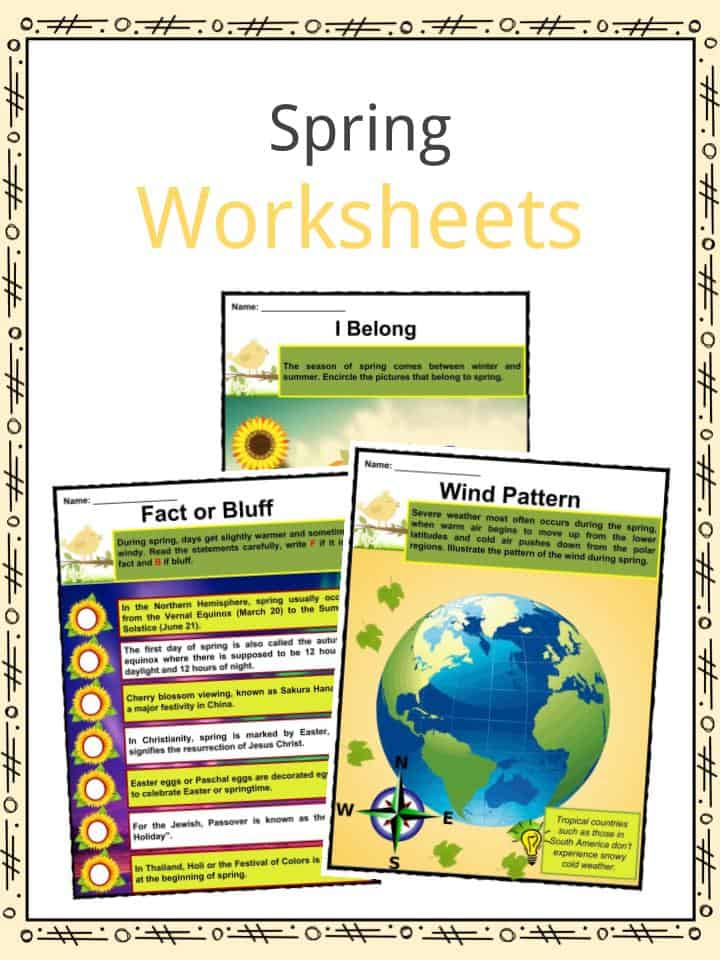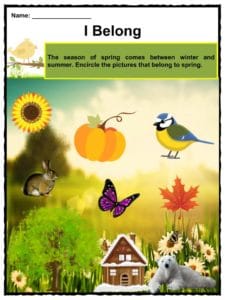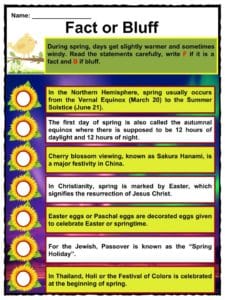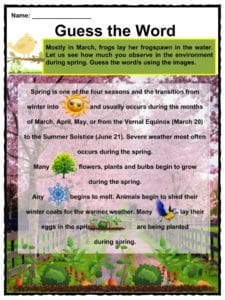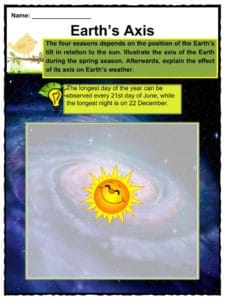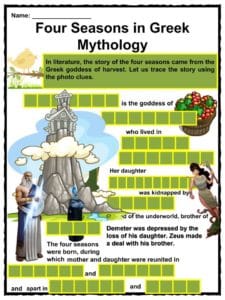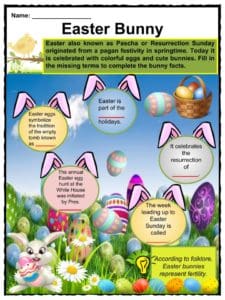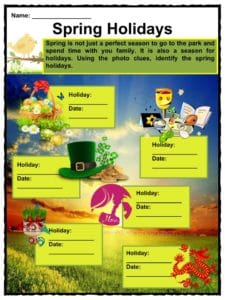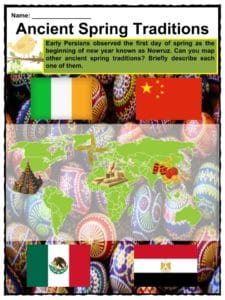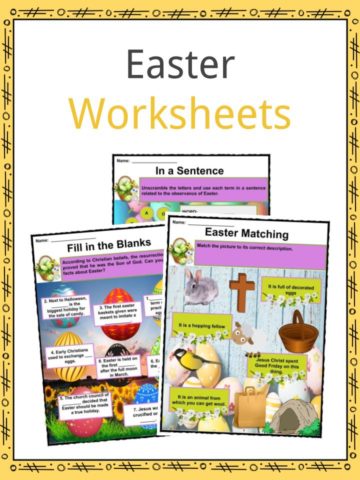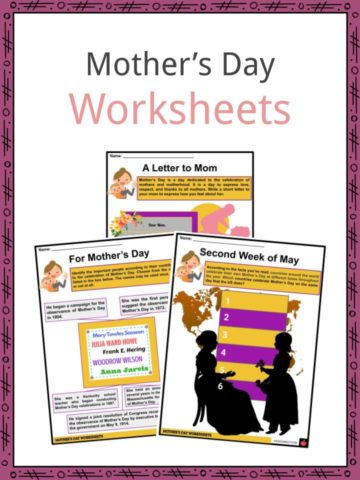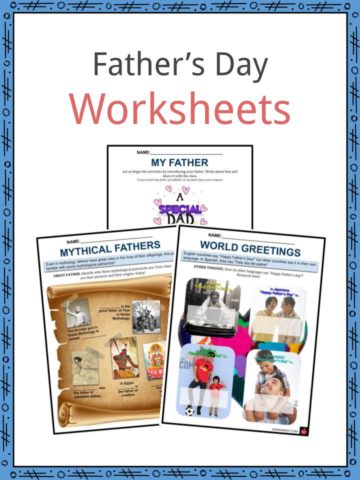Download This Sample
This sample is exclusively for KidsKonnect members!
To download this worksheet, click the button below to signup for free (it only takes a minute) and you'll be brought right back to this page to start the download!
Sign Me Up
Table of Contents
Spring is one of the four seasons and the transition from Winter into Summer and usually occurs during the months of March, April, May, or from the Vernal Equinox (March 20) to the Summer Solstice (June 21).
For more information and facts on Spring, keep reading or download the Spring worksheet pack which can be utilised within the classroom or home environment.
Etymology and Ancient Beliefs
- Before the 14th century, spring was called Lent in Old English. It was the time of the year when plants started springing from the ground. After a century, the season was referred as spring-time and later on shortened to “spring.”
- In Greek mythology, the return of Persephone, daughter of Zeus and Demeter, and the goddess of fertility coincides with spring.
- In Roman mythology, Flora was the goddess of fertility and spring while the ancient Chinese believed in Ba Jia Jiang, one of the Eight Generals and the Great Spring God.
- In Sicily, women make a pilgrimage to the garden of Adonis at the beginning of spring. They plant seeds and wait for the sprouts. They decorate the garden with blue and crimson ribbon as a sign of life over death.
- Hindus celebrate the vernal equinox with Holi, commonly known as the Festival of Colors.
- Holi is widely celebrated in India and Nepal after the full moon during the month of Phalguna. It usually falls between February and March.
- In ancient Mayan tradition, The Return of the Sun Serpent, Kukulcan, is celebrated during the first day of spring.
- The Neolithic Celtic festival of Imbolc marks the turning point of animal prognostication. Today, some traditions include that the coming of spring or a prolonged winter is determined by a groundhog’s shadow.
- Ancient Egyptians built the Great Sphinx facing the rising sun during the spring equinox.
The Season of Spring
- In the Northern Hemisphere, spring usually occurs during the months of March, April, May or from the Vernal Equinox (March 20) to the Summer Solstice (June 21). The opposite is true for the Southern Hemisphere.
- The first day of spring is also called the vernal equinox where there is supposed to be 12 hours of daylight and 12 hours of night.
- During spring, the sun rises earlier in the morning and sets later in the afternoon. The rest of the months can also be windy. In warmer climates, late spring can bring hurricanes and tornadoes.
- Common spring flowers are lilacs, daffodils, irises, tulips, lilies, and dandelions.
- Many cultures celebrate the return of spring. It often signifies rebirth or rejuvenation.
- Cherry blossom viewing, known as hanami, is a major festivity in Japan. Sakura or cherry blossoms are an important symbol in Buddhism.
- For the Jewish, Passover is known as “The Spring Holiday”.
- May Day, also known as Labour Day, is the date of many public holidays. The holiday originated from ancient practices but still survives today.
- In Ireland, spring traditionally starts on February 1, known as
- St. Brigid’s Day, while in China, as well as other Southeast Asian countries, spring marks the beginning of new year in the lunar calendar and is celebrated as Chinese New Year.
- The celebration of Chinese New Year varies every year as it follows the lunar calendar. It is usually celebrated during Li Chun or beginning of the spring, thus it is also called Spring Festival. Each of the lunar cycles has a corresponding animal sign. The celebration lasts for 12 days until the Lantern Festival.
- A number of holidays are celebrated during spring including, Easter, April Fool’s Day, Earth Day, Groundhog Day, Mother’s Day, Father’s Day, Cinco de Mayo, and Arbor Day.
- In Christianity, spring is marked by Easter, which signifies the resurrection of Jesus Christ.
- Easter eggs or Paschal eggs are decorated eggs given to celebrate Easter or springtime.
- After Lent, Christians follow the 50 day Eastertide until Pentecost Sunday. Giving eggs during Easter originated from Ancient Egyptian, Romans, Greeks, and Persians.
- In ancient Persia, the first day of spring marked the start of Nowruz or New Year. The Zoroastrian celebration lasted for 13 days in countries including Iran, Iraq, parts of Turkey, Afghanistan, Turkmenistan, Tajikistan, Uzbekistan, Kyrgyzstan, Kazakhstan, and other parts of Central Asia.
- In literature, spring symbolizes renewal, rebirth, and the start of a better life or times.
Spring Worksheets
This bundle contains a WHOPPING 21 ready-to-use Spring Worksheets that are perfect for teachers or homeschoolers who want to introduce spring to the classroom or home environment. Spring which is one of the four seasons and the transition from Winter into Summer and usually occurs during the months of March, April, May, or from the Vernal Equinox (March 20) to the Summer Solstice (June 21).
Download includes the following worksheets:
- Spring Facts
- Spring Word Search
- I Belong
- Fact or Bluff
- Guess the Word
- Earth’s Axis
- Wind Pattern
- It’s Spring Again
- Four Seasons in Greek Mythology
- Easter Bunny
- Spring Holidays
- Blooming Flowers
- Spring Festival
- Ancient Spring Traditions
- Terms to Remember
- Groundhog Day
- Travel this Spring
- Quotes for Spring
- My Spring Story
- The Last Four Years…
- Spring all Over the World
Frequently Asked Questions
What is unique about the spring season?
After a bleak winter, spring is the time that rejuvenation begins. The skies are clearer, the temperature starts to increase, and the days last longer. However, one thing remains constant with this season–the unpredictable weather. It could be sunny and dry for one moment, but as soon as you blink it’s turned into dreary showers.
Why is it called spring?
The term ‘lent’ to describe the season was replaced in the 1300s with ‘springing time’, as that was when most plants woke from their winter dormancy and began growing again.
What defines spring?
Spring is the time of year between winter and summer when the weather starts to get warmer, plants begin to grow again, and flowers bloom.
Link/cite this page
If you reference any of the content on this page on your own website, please use the code below to cite this page as the original source.
Link will appear as Spring Facts & Worksheets: https://kidskonnect.com - KidsKonnect, February 27, 2024
Use With Any Curriculum
These worksheets have been specifically designed for use with any international curriculum. You can use these worksheets as-is, or edit them using Google Slides to make them more specific to your own student ability levels and curriculum standards.
